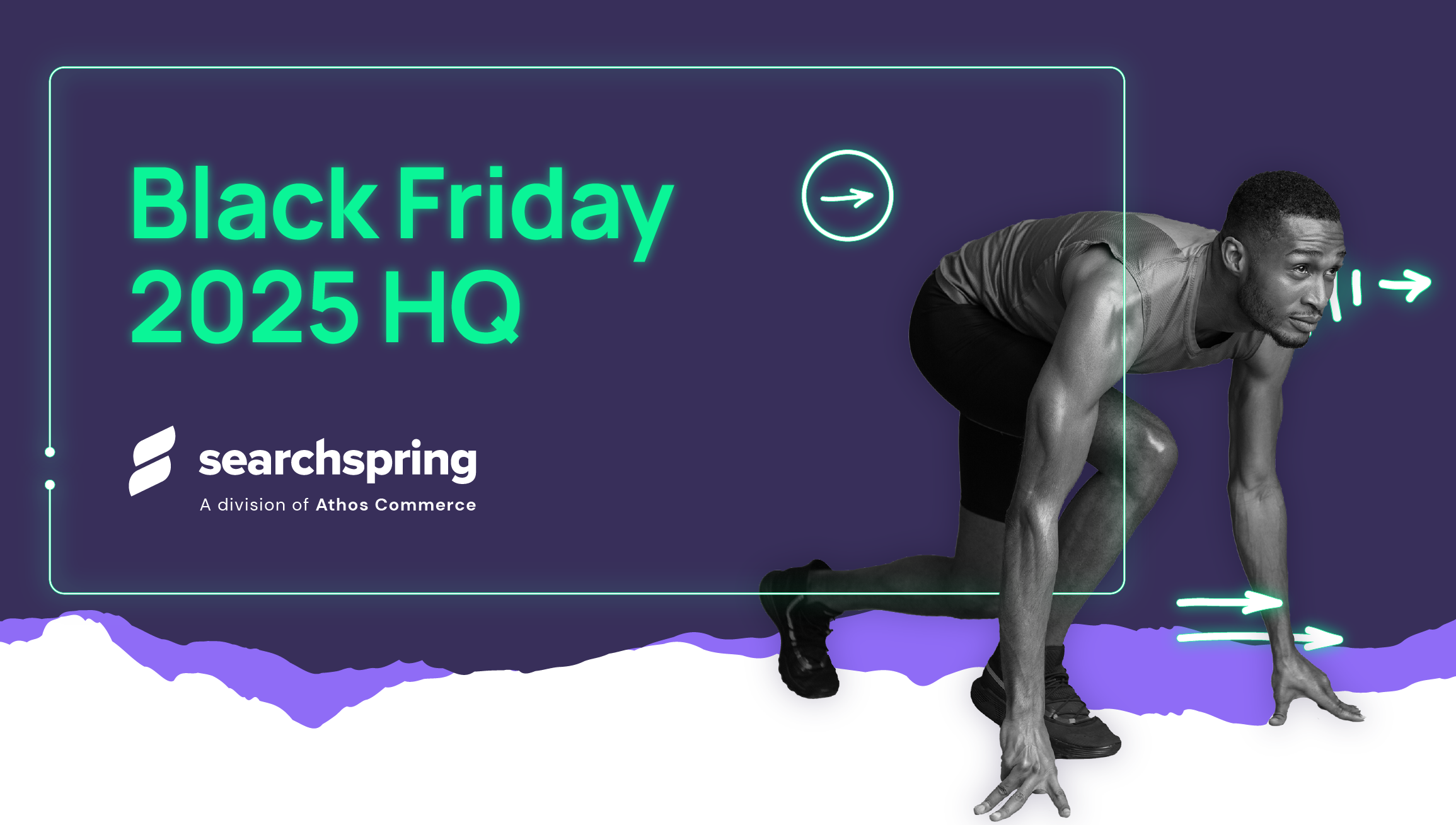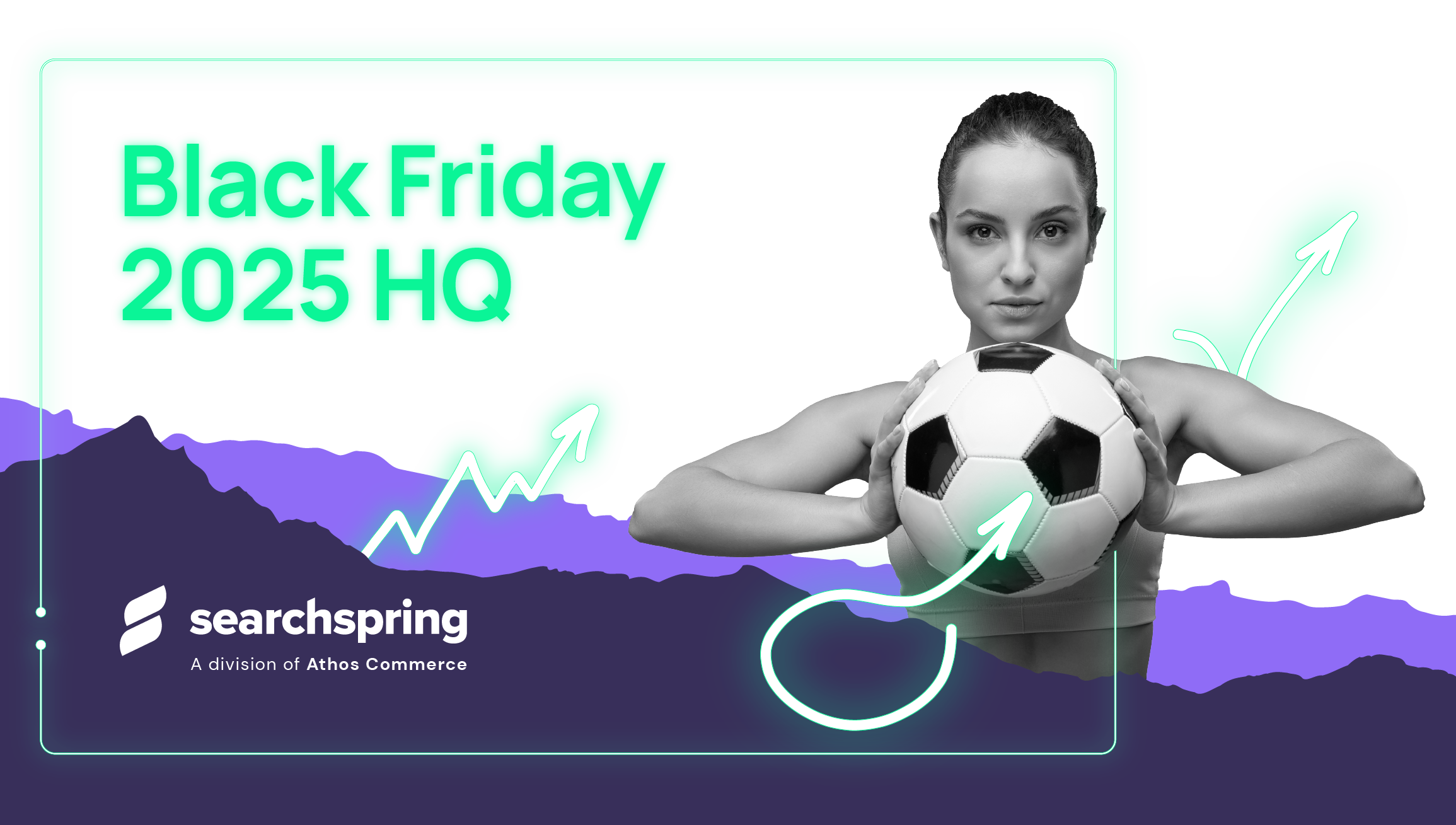As an online retailer, you probably spend a great deal of time optimizing and refining your homepage. You likely dedicate resources to get products displayed on category pages just right. You test and review the checkout process regularly. But what about the ecommerce product page?
An ecommerce product page is often the difference between a semi-interested shopper that browses and leaves and an engaged customer who can’t resist “add to cart.”
6 Features of a Great Ecommerce Product Page
Certain elements of an ecommerce product page are non-negotiable. Follow these best practices to deliver the best shopper experience.
1. Use High-Quality Images and Video
The first point of focus on a product page is imagery. High-quality photography to clearly show products from all angles is essential. Shoppers should be able to zoom in on images on all screen sizes – desktop, laptop, tablets, and mobile.
Video footage makes details easier to spot, like how an item moves or what the material looks like under different lighting. Rather than focus on products in isolation, give them some context. For example, if you sell homewares, show table lamps in a living room to show shoppers how it would look in their own home (and cross-sell other products).
Pro tip: Make sure images and videos are optimized and compressed for minimal page load times.
2. The More Detail the Better
The more detail included on an ecommerce product page, the better. Customers should be able to locate any important info about a product right away. Feature dimensions, materials, care instructions, sustainability, and any other important points that apply to the item.
The last thing you want is a shopper to leave your site to Google details they can’t find and find what they’re looking for on a competitor’s site. The key is to make content easy to navigate. Give shoppers the ability to expand and collapse different sections of copy rather than overpowering the page with long text blocks.
3. Display Reviews and User-Generated Content
Reviews and user-generate content (UGC) provide a sense of realness to the ecommerce product page. They can also be a deciding factor in a purchase. Today’s customers seek out opinions from other shoppers to help decide what to buy. It’s a tale as old as time set in the digital world: Word of mouth. 95% of shoppers say they consult customer reviews. 72% won’t take any buying action until they have read other shoppers’ feedback.
Go one step further than text and invite customers to upload photos of their purchased products to give other shoppers more power in their decision. Struggling to collect user-generated content for your product pages? Reward customers with discounts or loyalty perks in exchange for reviews.




